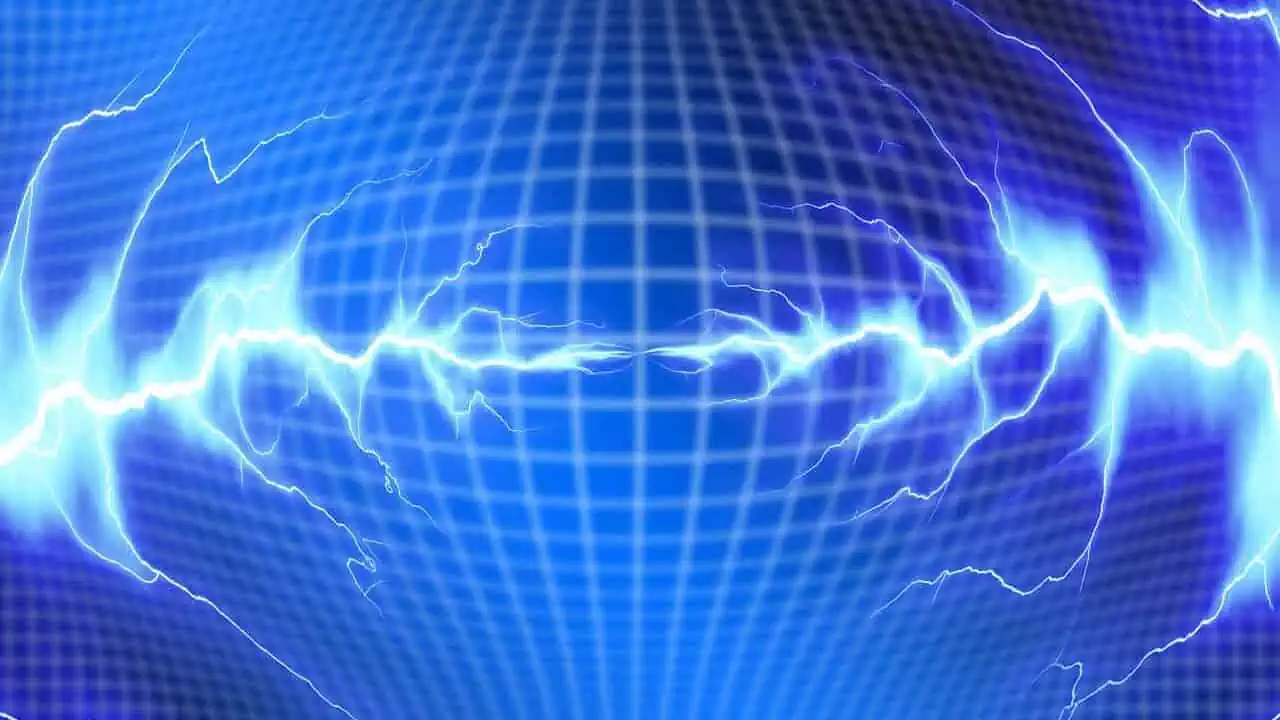Electric vehicle owners may soon access a more convenient charging process with wireless charging technology, eliminating the need to plug into traditional chargers with hefty cords. Its potential viability in electric vehicle technology will undoubtedly address the top barrier that impedes the wider uptake: the lack of charging infrastructures.
Wireless charging projects
Several startups across the world have long been exploring wireless charging technology and its feasibility for commercialization, Bloomberg reports. Municipalities have also been identifying and documenting various scenarios in which wireless technology can be used effectively.
WiTricity aims to test its “Halo wireless system” on E-Z-GO and ICON EV golf carts and light automobiles after featuring it on modified models like the Ford Mustang Mach-E. It claims its wireless charging technology can deliver up to 35 miles of additional range per hour.
“Charging remains one of the big points of anxiety for EV buyers, and we make it something that just happens in the background.”
Alex Gruzen, Massachusetts-based WiTricity CEO
In addition, the Antelope Valley Transit Authority in LA employs WAVE Charging’s inductive systems to charge its electric buses. It currently has 15 WAVE wireless charging stations, one deployed at its offices and 14 on bus routes. The 250-kilowatt chargers can reportedly deliver 10 miles of additional range in just 5 minutes.
“It allows for that bus to maintain its operations throughout the day without having to go back to a depot.”
Benjamin Auslander, Wave’s vice president of sales and marketing
Indianapolis is also testing wireless charging with its electric buses, built by China’s electric vehicle leader BYD. The city also reportedly teamed up with Pennsylvania-based startup InductEV in 2019.
Moreover, Brooklyn-based startup HEVO has collaborated with Stellantis NV and DOE’s Oak Ridge National Laboratory to test a 50-kilowatt wireless system on the Chrysler Pacifica HEV. Apart from that, HEVO is also working on a 300-kW wireless fast charger with Oak Ridge.
What’s special about wireless charging?
Wireless charging technology for electric vehicles utilizes magnetic resonance and a charging pad to yield a power-transmitting field.
As for wireless charging roads, they use inductive charging pads under the asphalt. Multiple hubs at intervals manage the system to ensure that all sections function properly to support electric vehicle charging. Meanwhile, electric vehicles carry transmitters below their body to accumulate energy from the road. The coils below the road transfer energy via a magnetic field
American electric vehicle giant Tesla is among the interested players in the potential of wireless charging technology.
“We are working on inductive charging, so you don’t even need to plug something in at that point — just pull in your garage, drive over the pad and it’s charging.”
Tesla design chief Franz von Holzhausen said in Jay Leno’s Garage in December
Challenges
Despite the convenience features wireless charging promises, major challenges remain for the technology to actually make a huge impact. These challenges include slow charging speeds and the high cost of investments necessary to develop wireless charging stations.
In addition, electric automakers may adopt wireless charging due to growing consumer demand. However, EV demand is hindered by public charging anxiety.
“If I was a car manufacturer, I’d probably be reluctant to put it on a vehicle today just because there’s not any wireless chargers out there. You really have to see the infrastructure and the vehicles get deployed at the same time for it to ultimately make sense.”
Michael Weismiller, program manager for electrification R&D in the US Department of Energy’s Vehicle Technologies Office
All that said, it remains challenging for automakers to justify launching wireless charging technology as of today. It is expensive, and it currently does not have enough stations to entice prospective EV buyers. All that said, wireless electric vehicle charging technology will highly likely remain a pilot project for some time before becoming a mainstream charging option.






